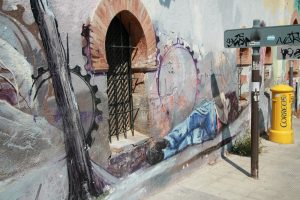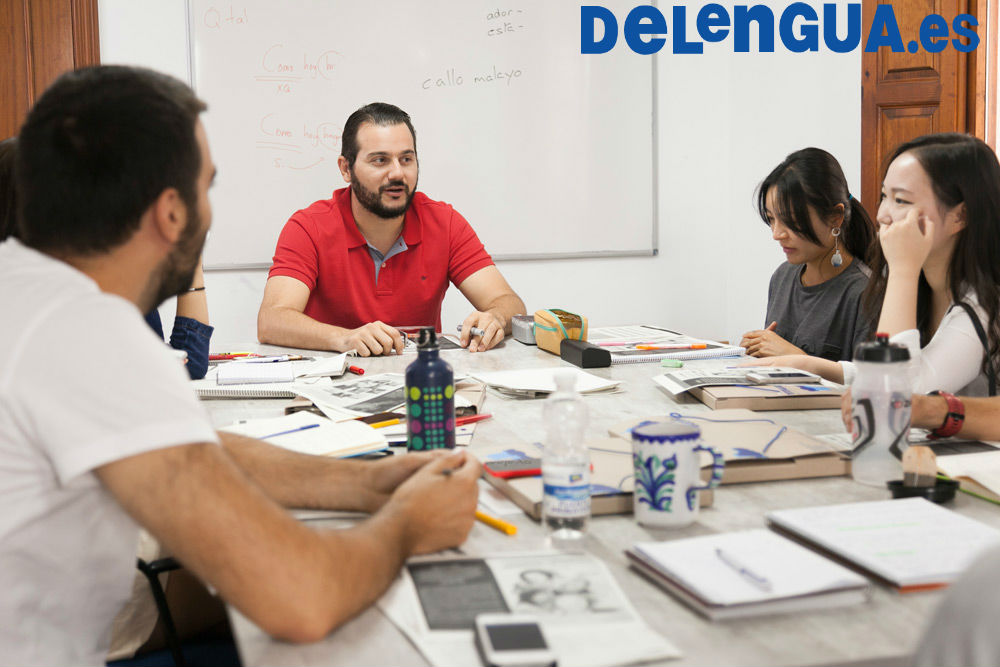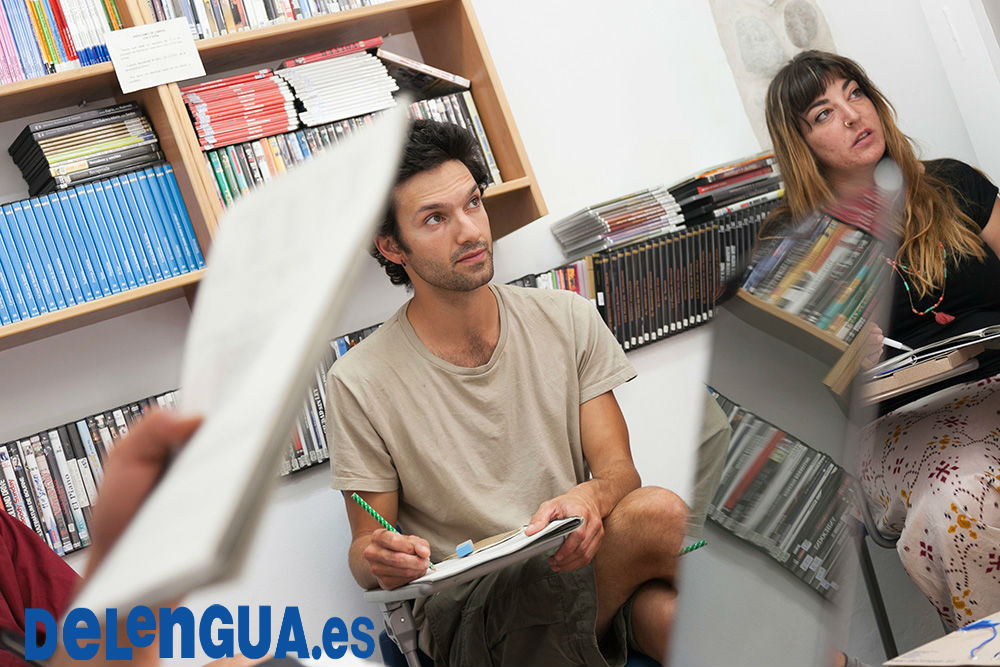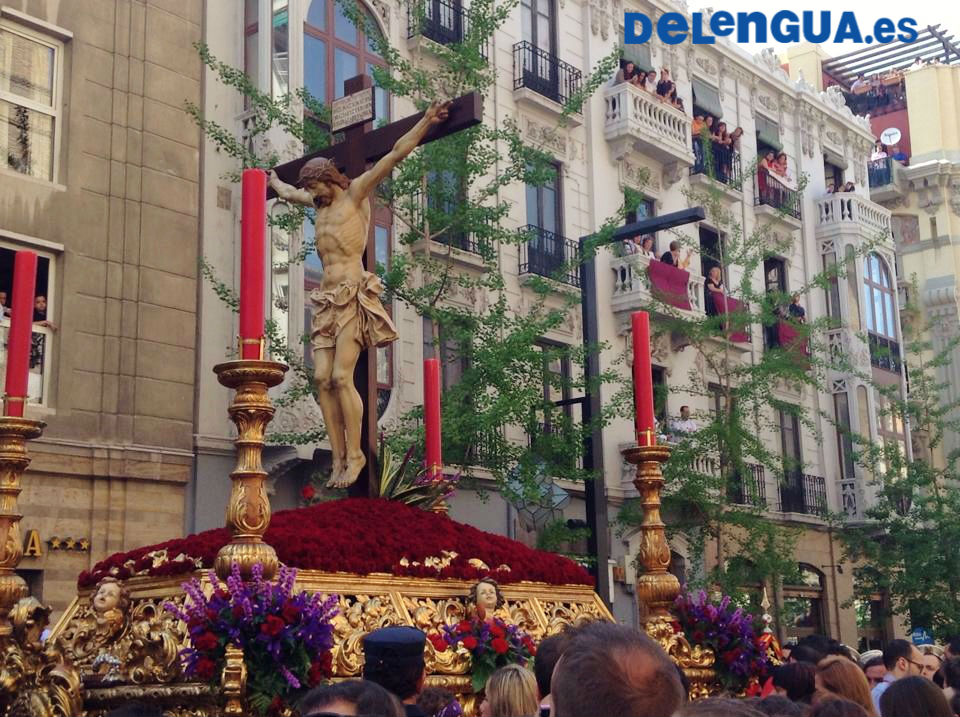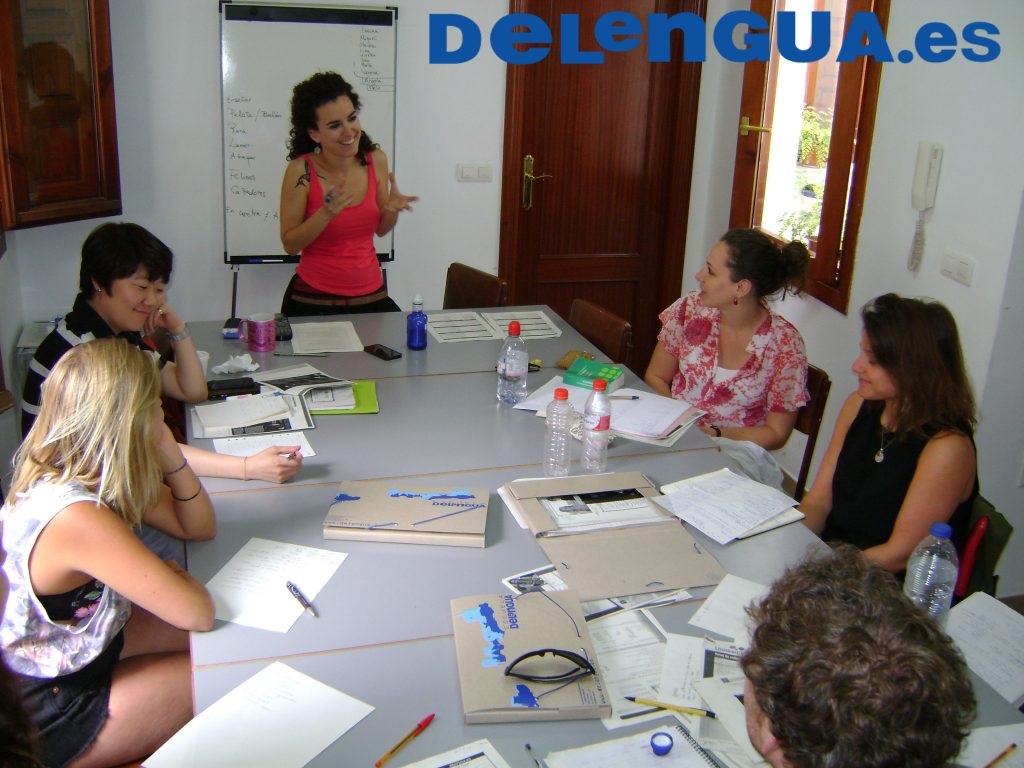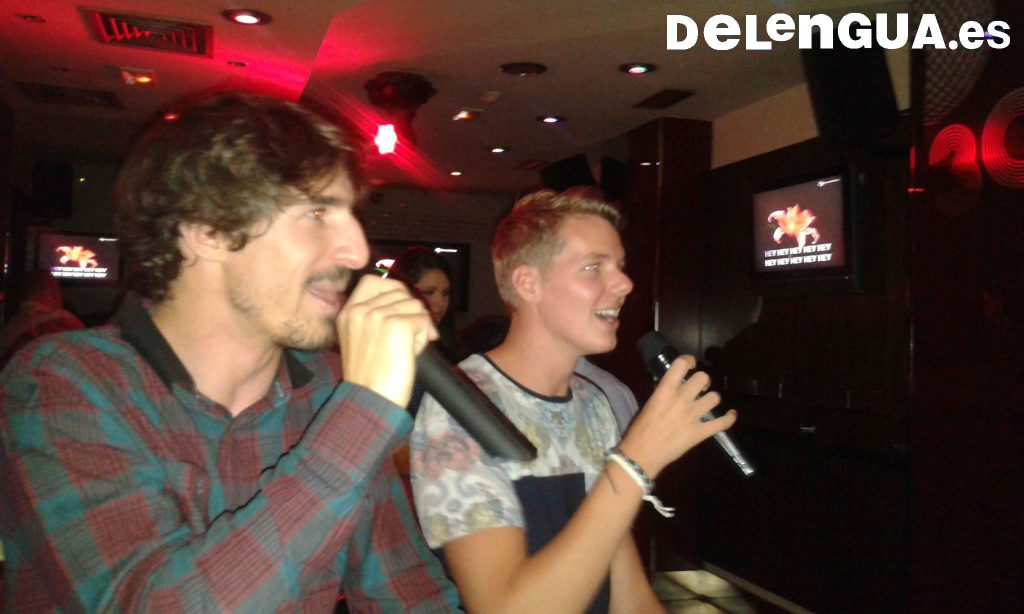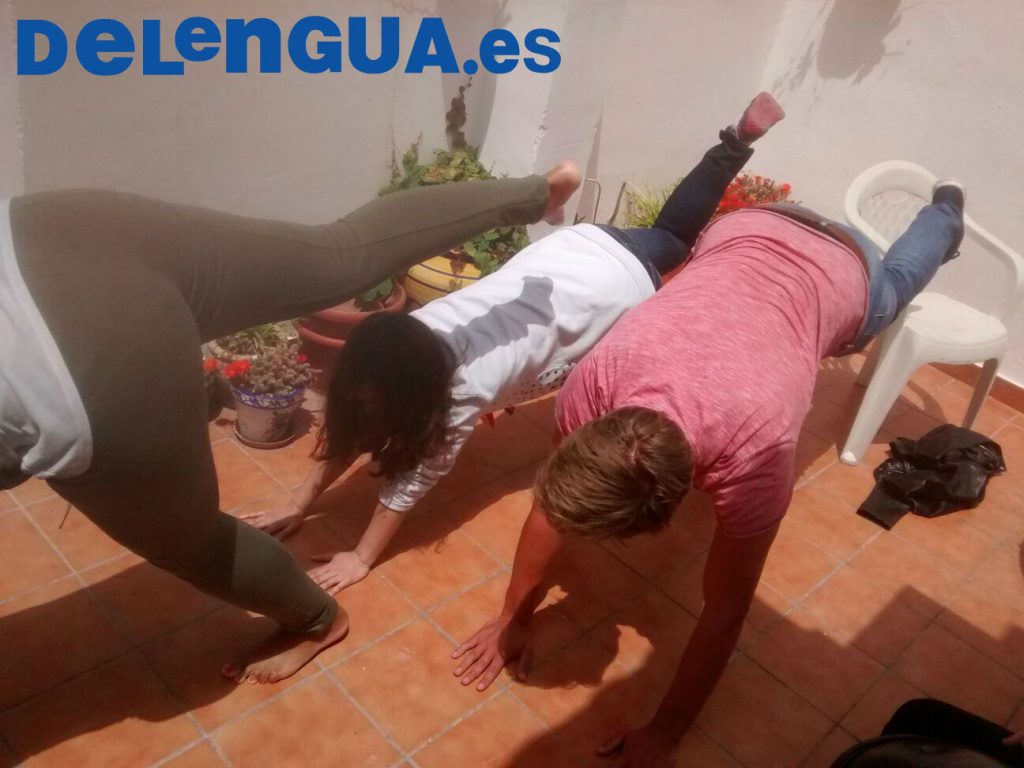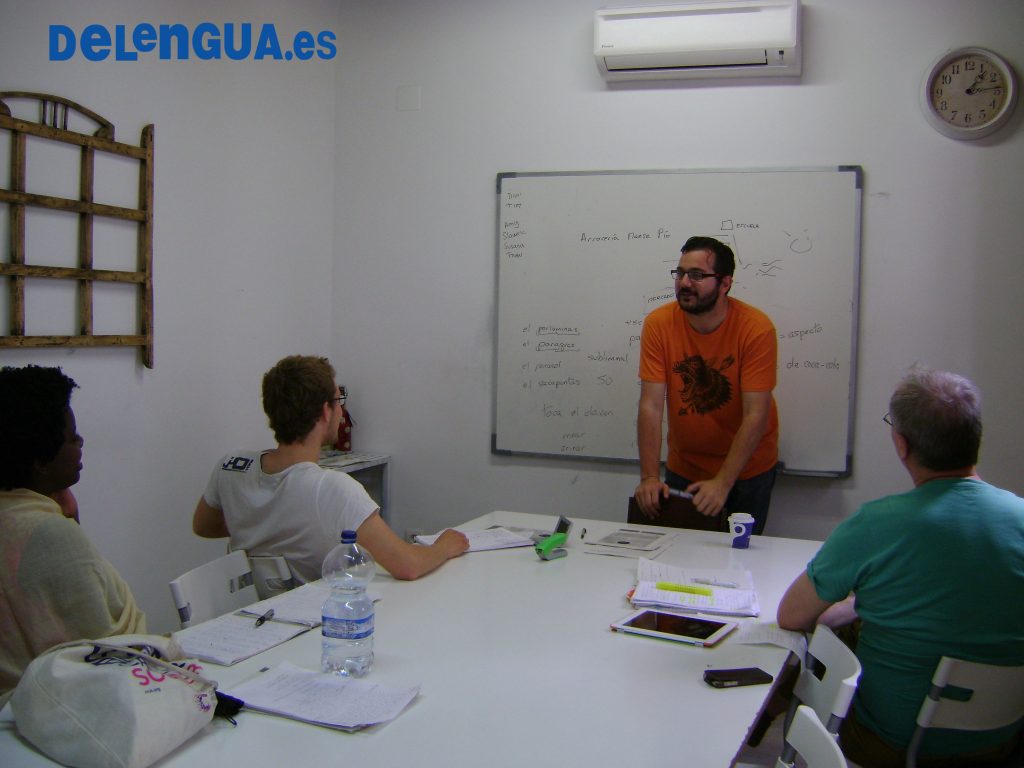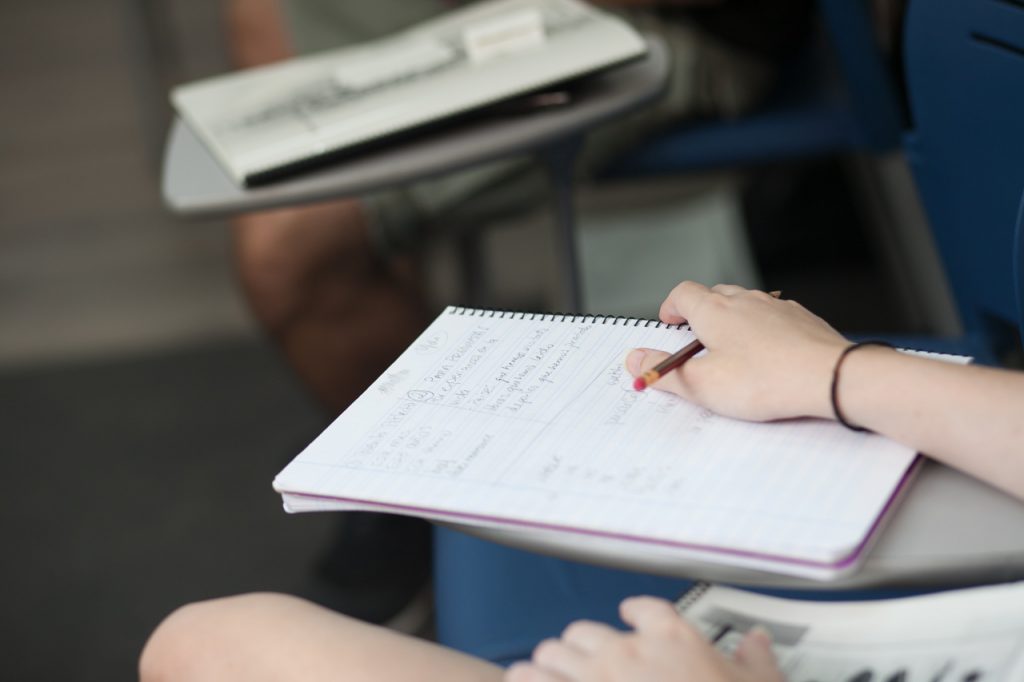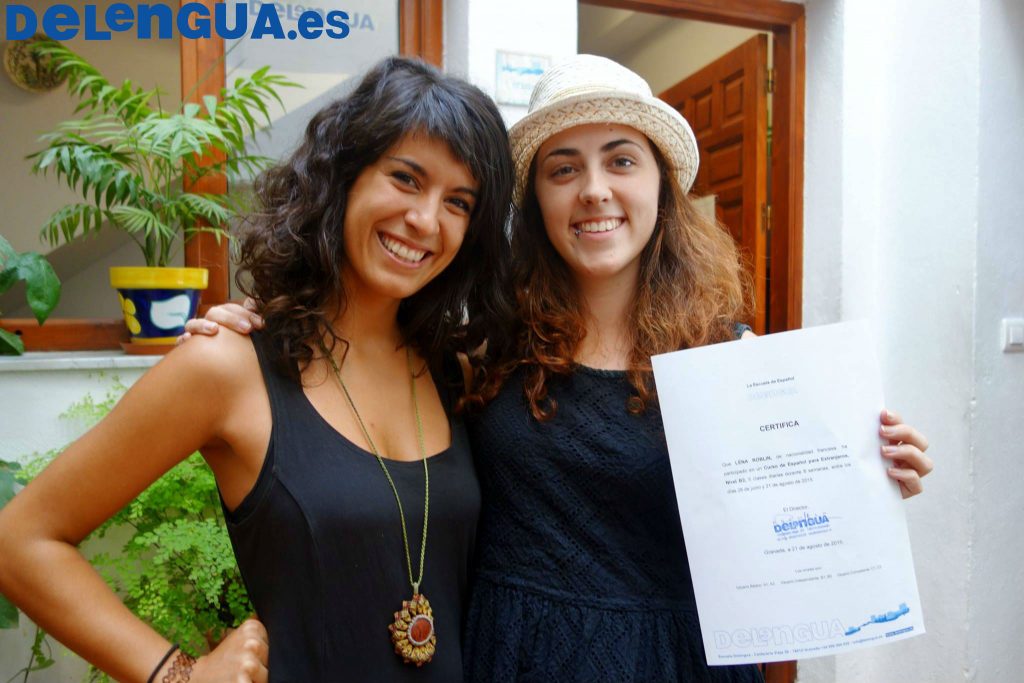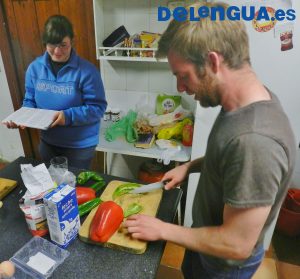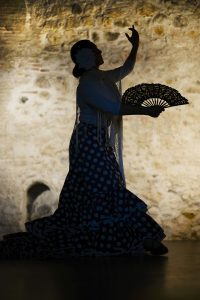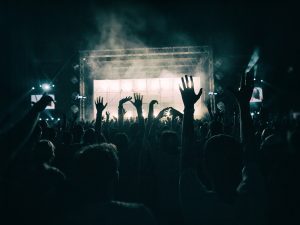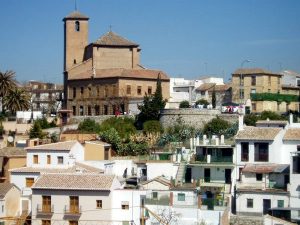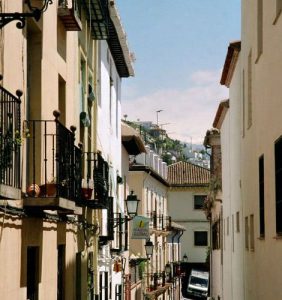|
Aunque existen varias interpretaciones sobre el origen de la palabra “Flamenco”, la teoría más difundida es la que dice que “Flamenco” deriva del árabe “Felah-Mengus” (campesino errante).
Sin alguna duda , el Flamenco nos recuerda el pueblo gitano; este pueblo originario de la India y que llegó a España en el s.XV. Encontraron en Andalucía (una tierra donde se mezclaron árabes, judíos y cristianos) un lugar perfecto para desarrollar su musicalidad. La tradición nómada de los gitanos hace que recojan formas musicales distintas para reinterpretarlas a su manera, de ahí el carácter mestizo del Flamenco. Los gitanos llegaron a España en un momento difícil ya que los Reyes Católicos expulsaban a todos los no-católicos. Así que los gitanos desarrollaban su arte en secreto. Con el tiempo se fueron integrando cada vez más y el Flamenco empezó a tener sitio entre los bailes españoles.
A partir del s. XVIII, destacan 3 ciudades como focos de mayor importancia para el Flamenco: Cádiz, Jérez de la Frontera y el barrio de Triana en Sevilla. En esta época “Flamenco” es sinónimo de gitano andaluz. También aparece la guitarra flamenca como acompañamiento, ya que el Flamenco empezó sólo con voz y palmas.
A fines del s. XIX, el arte flamenco está muy extendido por toda Andalucía. Con la creación del primer Café Cantante impulsado por Silverio Franconetti en Sevilla, el Flamenco se profesionaliza y se convierte en género musical. Es un periodo muy prolífico que se ha llegado a llamar “ La Edad de Oro del Flamenco”.
Pero esta profesionalización no gustó a los puristas como Manuel de Falla (compositor) y Federico García Lorca (poeta), los dos de Granada. Así que crearon un concurso en Granada en 1922 para el cual exigían que los concursantes fueran desconocidos, gente del pueblo que no hubiera pisado los Cafés Cantantes. Para ellos el flamenco nace del pueblo. Ganó un niño de 13 años que se convirtió en el grande Manolo Caracol. A pesar de eso, el Flamenco siguió teniendo fama mundial y nacieron los primeros festivales.
A partir de los años 50, nos encontramos con un Renacimiento del Flamenco, siendo Antonio Mairena su figura principal. En lo que se refiere a la guitarra flamenca, ha sido gran protagonista Paco de Lucía, dando a su arte una dimensión universal. Incorporó sonidos e instrumentos de otras músicas como el jazz, la salsa o la bossa nova. Para el cante flamenco, destacan las figuras de Enrique Morente (de Granada), que trabajó con músicos hindúes y fusionó flamenco y rock; y la de Camarón de la Isla que con su estilo propio tuvo muchos seguidores.
El Flamenco hoy sigue evolucionando y manteniendo su carácter mestizo.
Aunque tenga fama mundial, sigue siendo Andalucía la capital del Flamenco. En Granada por ejemplo, se puede disfrutar de espectáculos de Flamenco en el Sacromonte (el barrio gitano de la ciudad). Sigue perdurando un estilo folclórico: la Zambra. La Zambra puede ser el espectáculo o la sala donde se desarrolla. También en el Albaicín hay muchos tablaos flamenco; destaca la Peña Platería fundada en 1949. A los pies del Albaicín, se encuentra la escuela Delengua que, además de ofrecer cursos de español todo el año, permite vivir tu pasión flamenca a través de su curso de flamenco. Además de mejorar tu nivel gracias a nuestros cursos de español, si quieres, podrás disfrutar también aprendiendo el baile flamenco y, por qué no, aprender a tocar la guitarra flamenca.
|
|
There is a lot of theories about the origin of the word “Flamenco”. The most popular theorie says that “Flamenco” stems from the arabic word “Felah-Menguas” (“The wandering farmer).
Without any doubt, we associate Flamenco with the Gipsy community; this people that originates from India and arrived in Spain in the 15th century. With Andalusia, a melting point of arabic, jewish and catholic culture, they found the perfect place to develop their music. Being nomadic people, the Gipsies used to pick up diffrent types of music and reinterpreted them. This explains the mixed caracter of Flamenco. The Gipsies reached Spain in a difficult moment, when the Catholic Kings were expelling all non-catholic people. That is why they had to hide and could only develop their art secretly. With time passing by they more and more integrated Flamenco into their own music and also they started to dance spanish dances.
In the 18th century, three cities became the most important centers for Flamenco: Cadiz, Jerez de la Frontera and the Triana neighbourhood in Seville. During that time, Flamenco was synonym for andalusian Gipsy. Also the Flamenco guitarre as acompayning instrument was introduced whilst before Flamenco consisted only of singing and hand clapping.
In the end of the 19th century the Art of Flamenco had spread all over Andalusia.With the creation of the first Flamenco bars, so called “Cafés Cantantes”, Flamenco was played more and more professionally and became an actual music genre. We call this very prolific period today the “Golden age of Flamenco”.
However, flamenco purists like the composer Manuel de Falla or the poet Frederíco García Lorca, both from Granada, did not apreciate the professionalisation of Flamenco. In 1922 they organised a competition for unknown flamenco musicians from the countryside who had never entered a “Café Cantante”. The purists saw Flamenco tightly connected to the villages in the countryside. A 13 year old boy, who would later become famous as the grand Manolo Caracol, won the competition. However the professionalisation was not to stop. Flamenco became famous in the whole world and there were more and more Flamenco festivals.
In the 50ies Flamenco experienced a renaissance. Antonio Mairena and the guitarre player Paco de Lucía were its protagonists. The included new instruments and with them influences from other types of music like jazz, salsa or bossa nova in traditional Flamenco. Enrique Morente and Camarón de la Isla were two of the most popular Flamenco singers. They developped what later was called Flamenco fusion, a fusion of Flamenco and other types of music.
Today Flamenco is still developping and maintaining ist mixed caracter.
Even though it is world famous, Andalusia is still the Capital of Flamenco. In Granada you can enjoy amazing flamenco shows in the Sacromonte, the Gipsy neighboorhood of Granada. Also in the Albaycin, in the arabic quarter, you can find a lot of flamenco bars. The Spanish school Escuela Delengua is situated in this beautiful, historic neighbourhood. Delengua offers not only regular Spanish courses, but also Flamenco dance classes. If you would like to improve your Spanish and at the same time live your passion for Flamenco or even learn how to play Flamenco guitarre, you should join us and do a Spanish course at Delengua. |
